Accessibility will have a new face at the Olympic and Paralympic Village in Greater Paris.

Intellectual Disability, a Little Known and Multidimensional Disability

Intellectual Disability, a Little Known and Multidimensional Disability
Intellectual disability, sometimes called mental retardation, affects 1 to 3% of the global population, which represents approximately 6.5 million people in the United States. Who are they? What are their needs? How can we facilitate their participation in society?
We will see in this article that intellectual disability covers a wide variety of profiles, causes and manifestations. And the good news is that all the improvements made for accessibility to other disabilities also benefit people with intellectual disabilities. Which ones in particular? This is what you will find out.
Intellectual disability, mental retardation, what does it mean?
The terms “intellectual disability” and “mental retardation” both refer to a slower than average intellectual development. To be more precise, intellectual disability is the consequence of disorders of intellectual development in interaction with the barriers of the environment.
People with intellectual disabilities face difficulties in two areas:
⊗ Intellectual functioning, measured by intelligence quotient (IQ), which includes learning, reasoning, decision-making and problem-solving skills;
⊗ Adaptive behaviors, essential for daily life, which involve communication and interactions with others, but also the ability to take care of oneself.
Intellectual disability starts in childhood and is generally stable throughout life. No treatment is available to cure it. However, the consequences of an intellectual disability can be alleviated with specialized support and a suitable environment.
Not to be confused with mental illness or psychological disability! The pathologies at the origin of a psychological disability do not directly affect intellectual capacities but only the ability to mobilize them. However, it is not uncommon for an intellectual disability to be associated with a psychological disability or mental illness. This is particularly the case in 75% of autism spectrum disorders. In addition, people with an intellectual disability are 3 to 4 times more likely to develop a psychological disability than the overall population.
8 Clichés About Intellectual Disability
7 Clichés About Psychiatric Disability
What accessibility facilities for the intellectual disability?
Like all other disabilities, intellectual disability manifests itself in various forms and to varying degrees. The difficulties commonly encountered in the urban environment concern:
⊗ Reading and understanding,
⊗ Spatial awareness,
⊗ Time awareness,
⊗ Decision making,
⊗ Communication.
In order to improve access to the environment and to services for people with intellectual disabilities, the following recommendations should be applied:
⊗ Signage using colors, symbols and pictograms,
⊗ Staff trained in welcoming people with mental disabilities,
⊗ Audio dubbing of visual information, in particular transport announcements,
⊗ Simplified maps with photos of the main destinations,
⊗ “Easy-to-read-and-understand” information,,
⊗ Learning workshops on transport networks,
⊗ Mobile applications for orientation, to facilitate communication, to reduce stress, to learn social interactions, etc.
5 Must-Have Apps for People with Intellectual Disabilities
Tactile paths, accessible pedestrian signals (APS) and audio beacons, originally designed for the visually impaired, are also very useful for people with intellectual disabilities. Indeed, soliciting several senses stimulates understanding.
Several degrees of intellectual disability
We speak of intellectual disability from an intelligence quotient lower than 70. As a reminder, the average intelligence quotient in the overall population is 100, the vast majority being between 85 and 115. The IQ does not however reflect the functioning in the environment. This is why the diagnosis of intellectual disability cannot be limited to an IQ test. It must also take into account the capacities of communication and adaptation in the environment.
Many forms of this type of disability are associated with psychological, motor or sensory disorders. These can in some cases complicate the diagnosis and capacity assessment. For example, the evaluation of the intelligence quotient in a deafblind person is almost impossible due to the inadequacy of the testing tools.
85% of people with intellectual disabilities are affected by a mild form. If they benefit from appropriate support in childhood, they are perfectly capable of living independently in adulthood.
The World Health Organization (WHO) distinguishes in its International Classification of Diseases (ICD) six classes of mental retardation, from mild to severe, but also non-specific forms.
Note: the 11th edition of the ICD, published in May 2019, updated the terminology concerning intellectual disability. We no longer speak of “mental retardation” but of “disorders of intellectual development”.
Mild intellectual disability
It is characterized by a slight delay in acquiring language and slower development than the average child. Difficulties usually appear during schooling but can be alleviated through appropriate educational methods. Most people with mild intellectual disabilities are able to lead independent lives as adults and work.
IQ, when it can be measured, is between 50 and 69.
Moderate intellectual disability
It concerns 10% of people with intellectual disabilities and is characterized by a very slow development of comprehension and language skills. In most cases, there is also difficulty performing basic activities of daily living such as washing or dressing. Even though children with an average intellectual disability have significant academic difficulties, some of them manage to learn to read, write and count. In adulthood, they are sometimes able to work, provided the tasks are simple and structured.
IQ, when it can be measured, is between 35 and 49.
Severe intellectual disability
It concerns 3 to 4% of people with intellectual disabilities. The difficulties encountered by people with severe intellectual disabilities are much the same as those with moderate intellectual disability, but to a greater degree. Motor impairments and associated disorders are also more common. These people generally need constant assistance in their daily life.
IQ, when it can be measured, is between 20 and 34.
Profound intellectual disability
It concerns 1 to 2% of people with an intellectual disability. It is characterized by an almost total inability to understand. People with a profound intellectual disability are generally unable to move and their communication is limited to a few non-verbal manifestations. They are unable to control their bodily functions and take care of themselves. They must therefore benefit from permanent assistance.
The IQ is then estimated to be less than 20.
A disability with multiple causes
Unlike other forms of disability that can occur at any time in life, intellectual disability begins in childhood, before the age of 18.
It can be caused by a genetic defect, illness or exposure to alcohol during pregnancy, oxygen deprivation at birth, or certain illnesses or exposures to toxic substances during infancy. Little is known about whooping cough, measles or meningitis can lead to intellectual disability if treatment is delayed. Malnutrition is also a cause of intellectual regression in regions of the world prone to famine.
The three most common causes of mental disability are Down syndrome, 22q11 deletion (otherwise known as DiGeorge syndrome), and exposure to alcohol during pregnancy. There is also a rise in the numbers due to the increase in the number of preterm births.
In more than a third of cases, however, the cause of the intellectual disability remains unknown.
Intellectual disability cannot be treated, but prevention and support measures can limit the consequences.
In conclusion, keep in mind that the vast majority of people with intellectual disabilities live among others. We all therefore have the possibility of helping them to express their full potential by adapting our behavior. If you are responsible for the accessibility of a venue, a transport network or the roads of a municipality, think of all the inexpensive facilities that you can implement to facilitate their orientation and improve their sense of security.
Find out more on accessibility for people with intellectual disabilities with these articles:
9 Tips to Welcome a Person with an Intellectual Disability
Published on January 21st, 2022
media

Tactile paths, accessible pedestrian signals (APS) and audio beacons, originally designed for the visually impaired, are also very useful for people with intellectual disabilities.
writer

Lise Wagner
Accessibility Expert
stay updated
Get the latest news about accessibility and the Smart City.
other articles for you

Open Data Is Key to Fostering Universal Accessibility
Open data represents an opportunity for cities to reach universal accessibility. It shows the missing links of the mobility chain.
Our Audio Beacons Guide the Blind and Visually Impaired at the Helsinki Subway
The Helsinky subway improved their audio signage system by installing on demand and remotely activated audio beacons.
7 Good Reasons to Install Audio Beacons at Your Public Transport Network
Audio beacons are an efficient way to provide more autonomy to blind and visually impaired people. They can easily use public transport.

Will Remote Activation Become the Norm for Accessible Pedestrian Signals?
More and more cities like New York have been exploring remote activation to trigger accessible pedestrian signals.
share our article!
more articles

Disability Statistics in the US: Looking Beyond Figures for an Accessible and Inclusive Society
Disability Statistics in the US: Looking Beyond Figures for an Accessible and Inclusive Society Around 61 million adults in the United States live with a disability. Diving into disability statistics in the US will help us know exactly who is concerned and what...
Our Audio Beacons Guide the Blind and Visually Impaired at the Helsinki Subway
Our Audio Beacons Guide the Blind and Visually Impaired at the Helsinki SubwayOur audio beacons equip the new line of the Helsinki subway in Finland. They help blind and visually impaired people locate the points of interest of a station. For users with visual...

At What Intersections Should You Install Accessible Pedestrian Signals?
At What Intersections Should You Install Accessible Pedestrian Signals? When you install accessible pedestrian signals, you first need to ask yourself where exactly they are needed. Are there any intersections blind and visually impaired pedestrians particularly...

Hearing Impaired People: a Multitude of Profiles for Different Needs
Hearing Impaired People: a Multitude of Profiles for Different Needs Did you know that hearing impaired people have several profiles and that the way they identify themselves is important? You may be familiar with deaf and hard of hearing people but for each of...
NEVER miss the latest news about the Smart City.
Sign up now for our newsletter.
Unsubscribe in one click. The information collected is confidential and kept safe.
powered by okeenea
The French leading company
on the accessibility market.
For more than 25 years, we have been developing architectural access solutions for buildings and streets. Everyday, we rethink today’s cities to transform them in smart cities accessible to everyone.
By creating solutions ever more tailored to the needs of people with disabilities, we push the limits, constantly improve the urban life and make the cities more enjoyable for the growing majority.

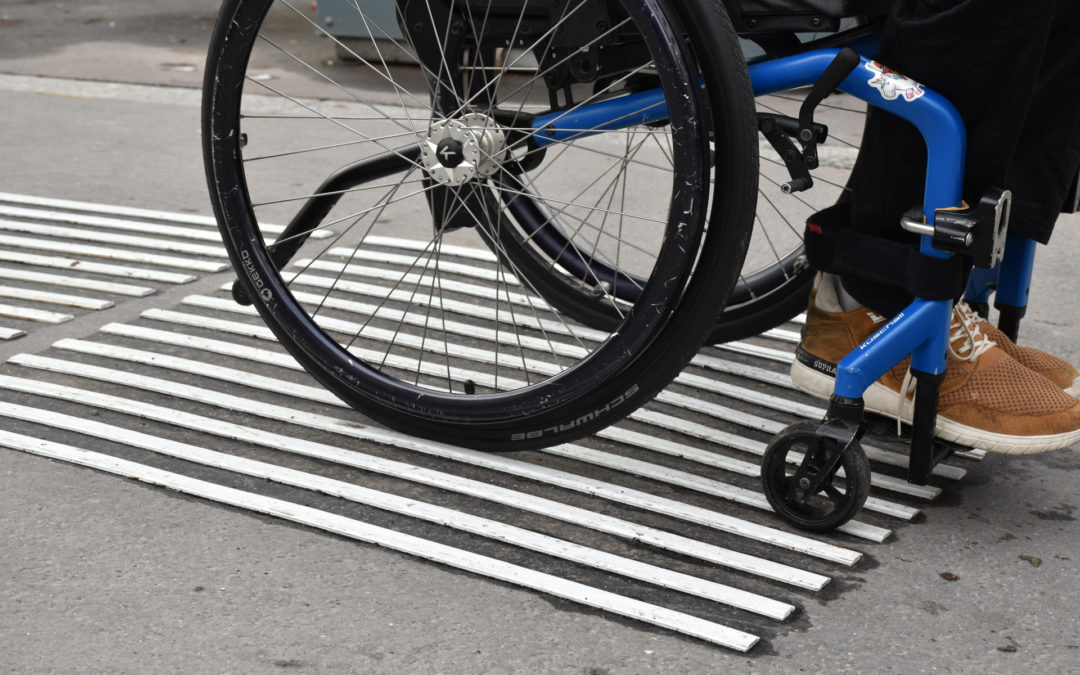
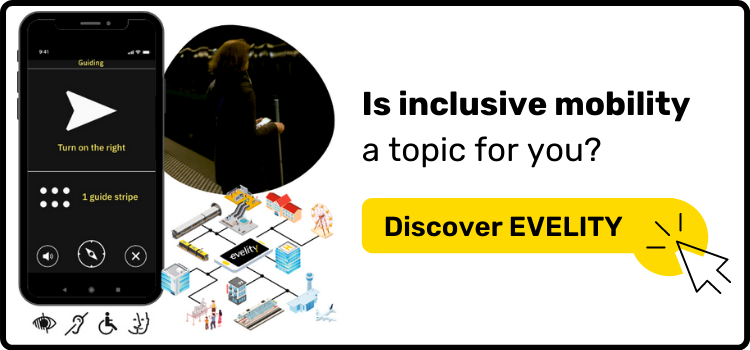
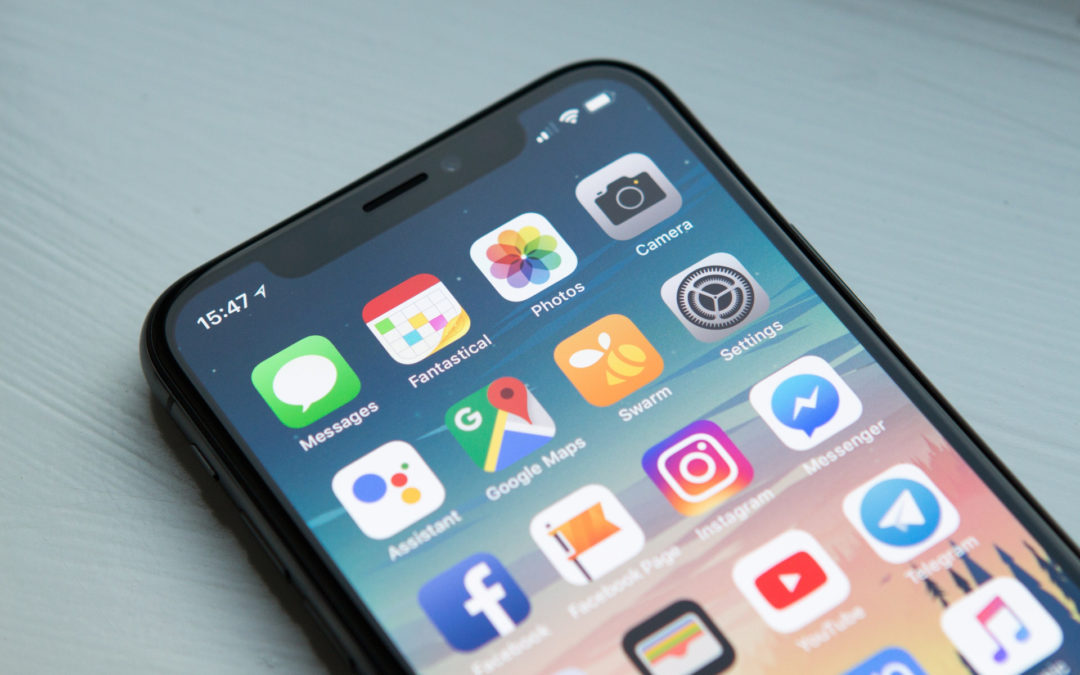
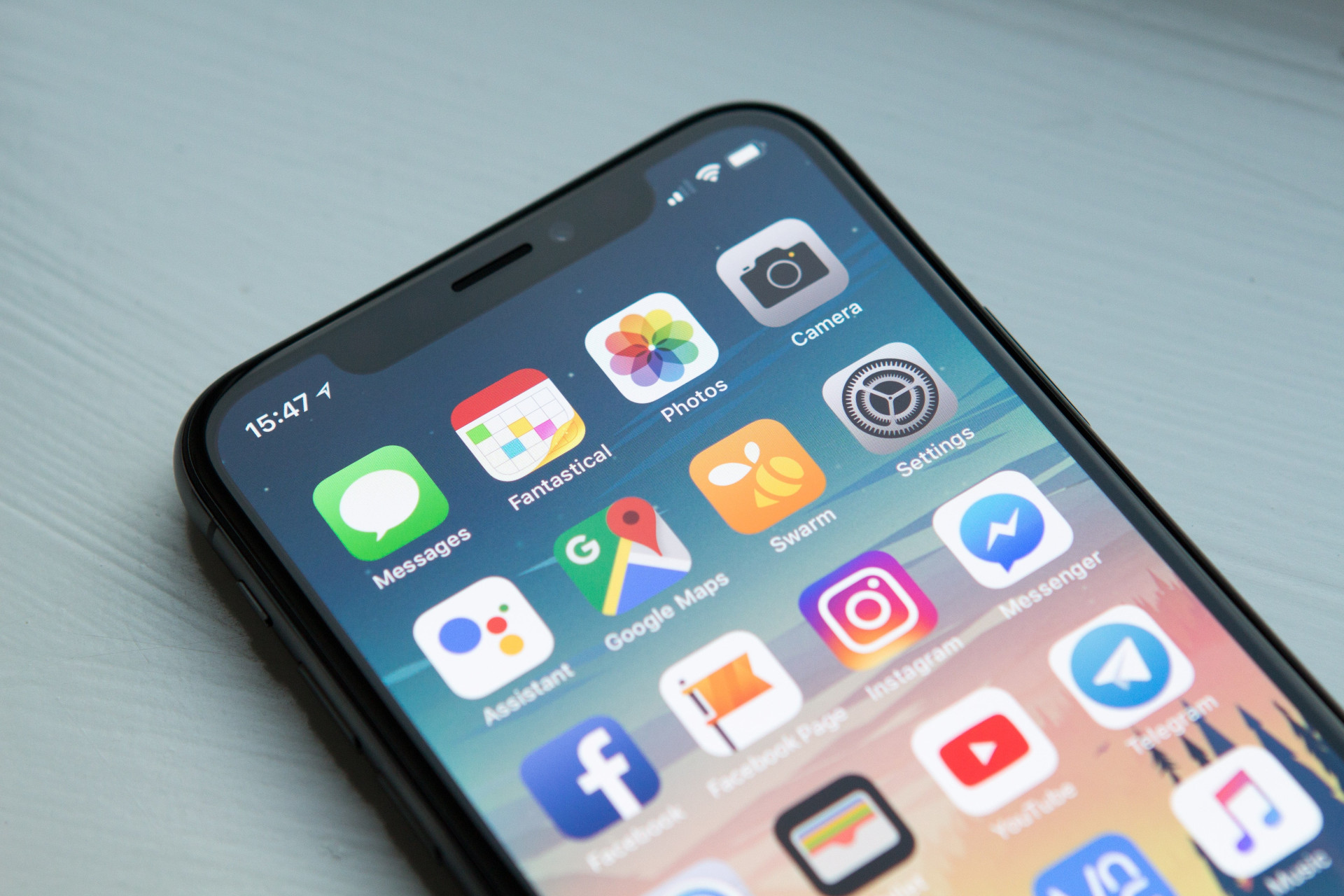
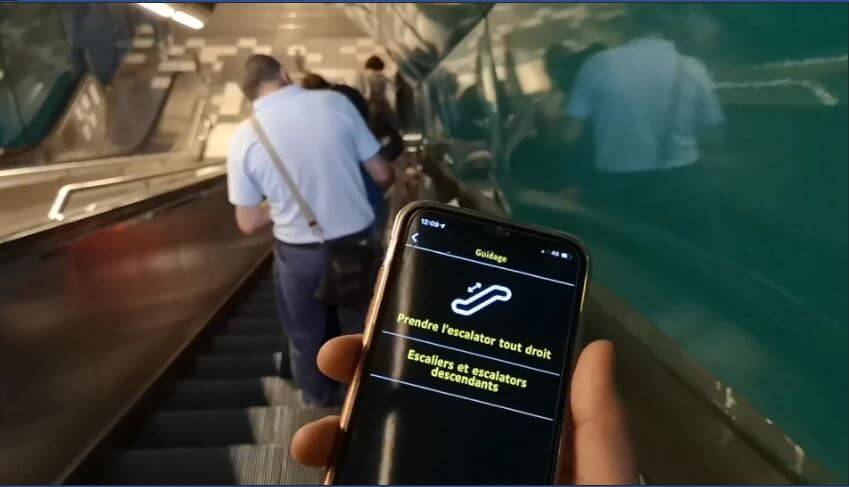



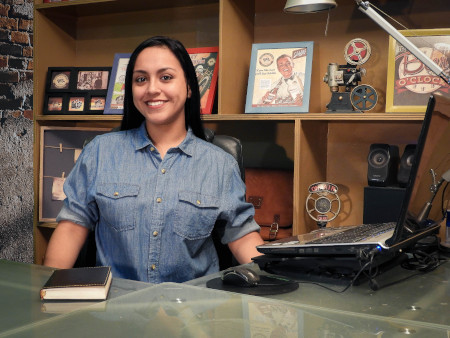



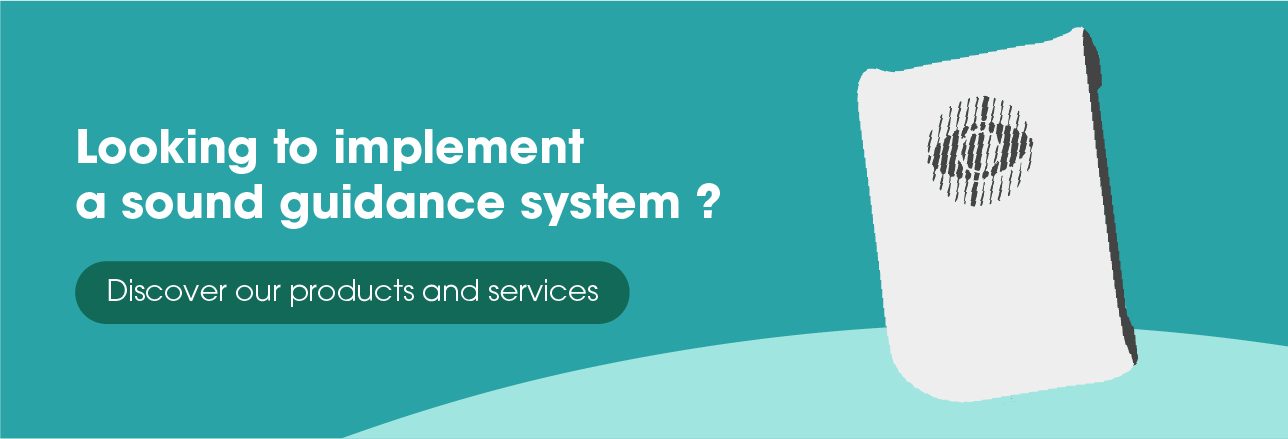





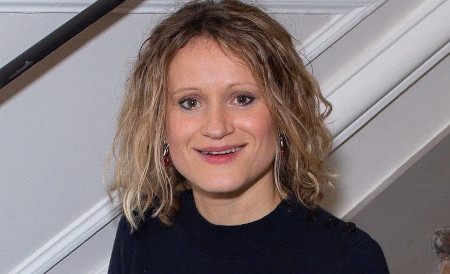
Recent Comments